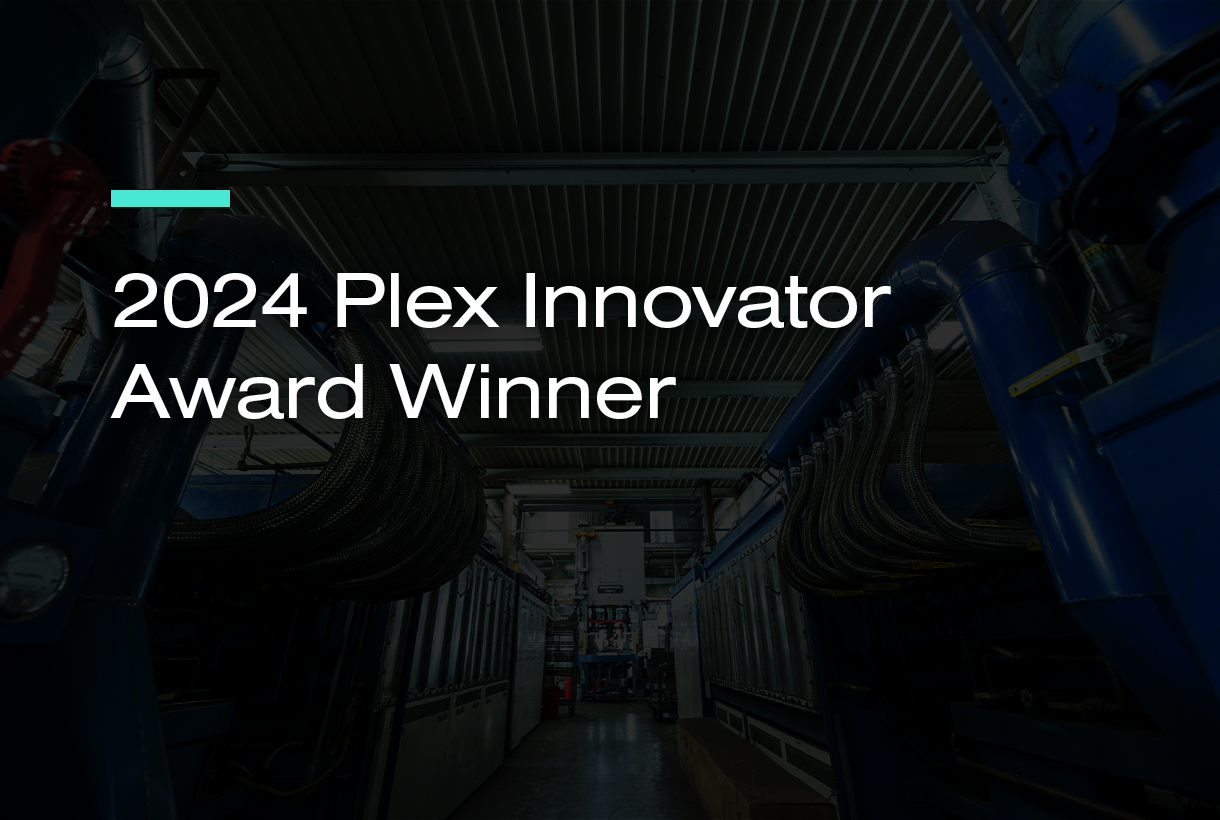

Now Available!
Get your copy of the 7th Annual State of Smart Manufacturing and hear from 300+ manufacturers in this new survey report!
Subscribe to Our Blog
For a monthly digest of expert insights, data points, and tips like the ones in this article.

Every business has its challenges. The challenges you, as a manufacturer, face today include fluctuating customer demand, supply chain planning, inventory cost control, compliance requirements—and a major technology evolution in the form of Industry 4.0.
Forward-thinking manufacturers are meeting these challenges with connected manufacturing—a business strategy that leverages cloud computing to bring together operational and business data for greater visibility, productivity, control, and customer satisfaction. It’s also the digital foundation your business needs to take advantage of current and future opportunities.
But how and where do you start?
Connect Your Business to Everyone and Everything
Ever feel like you and your employees spend more time fighting fires than being proactive? This is likely the result of disconnected systems, disconnected/manual processes, or transactional systems.
Cloud computing enables a level of connectivity that wasn’t previously available to small and mid-sized companies—and that’s why it’s at the center of connected manufacturing.
A manufacturing cloud ERP, combined with a powerful manufacturing execution system (MES) enables you to capture, digitize, and access all activity on the shop floor so you know what’s happening all the time and you can be proactive in your approach. From there, you can connect your machines and your business more cost-effectively than ever.
Gone are the days of large investments in hardware or database storage. We worry about that, all you need to do is focus on your business. With the cloud, your people don’t even have to be onsite, the cloud gives everyone the ability to connect from anywhere, on any device—securely. This “always-on” connectivity gives you real-time insight into how your operations are actually performing, so that there’s no more guesswork involved in maximizing efficiency.
Control Your Shop Floor
The shop floor is where material moves, products are created, and work gets done. And operational excellence is still key to differentiating your business from your competitors and keeping customers happy. This is virtually impossible if you’re still using manual, paper-based processes.
With the cloud as your foundation, you can capture and digitize shop floor activities then automate operational processes to see what’s happening in the “manufacturing moment.” You’ll know when inventory is too low, how you’re performing with quality management and where materials are in the production process. The more you connect and automate your shop floor processes, the more visibility and control you’ll have over your operations.
Plan More Efficiently
Your business might struggle with lack of visibility into inventory, leading to stock outs or excess inventory. In the absence of a comprehensive supply chain planning process, you probably incur expedite costs to get products to your customers on time. With connected manufacturing, your opportunity is to use sales, marketing, financial, engineering, and operational data to drive a production plan that takes everything into account so you meet demand with the right level of inventory.
Unlock the Power of Your People
Connected manufacturing isn’t just about getting more out of your machines and materials. It’s also about getting the most out of your people. Your people are critical to helping you accomplish your goals. Connected manufacturing helps you break down information barriers and departmental thinking. It delivers the right information at the right time so they can do their jobs more effectively.
When you break down the barriers to communication, you can more easily focus your highest-value employees on your highest-value work. Employees spend less time on mundane tasks and more time focusing on process improvements.
Connected manufacturing is also a way to attract younger, skilled talent who are looking for technology-forward environments. You can focus people on leveraging the data they generate each day for continuous improvement to drive even more efficiency.


